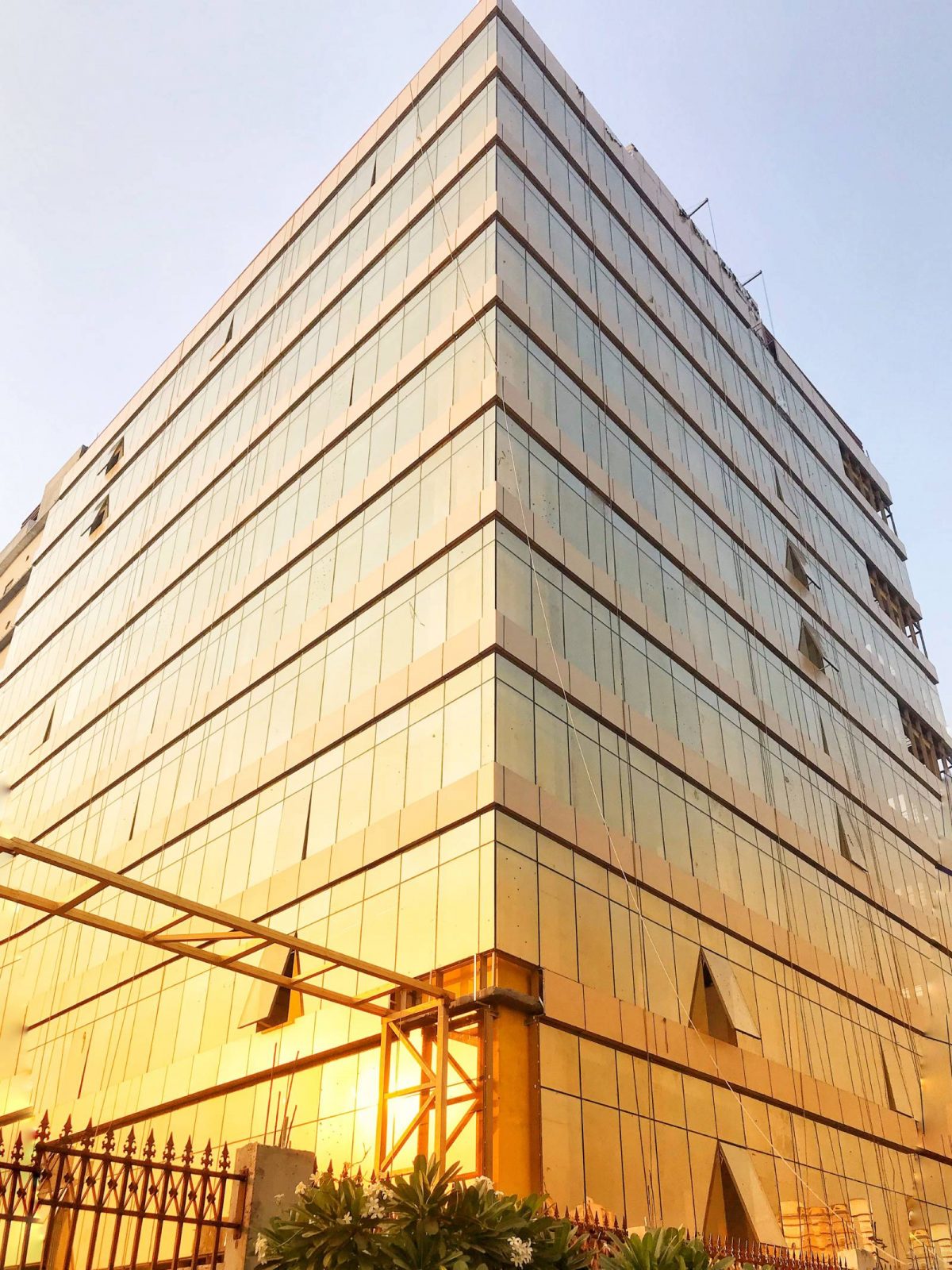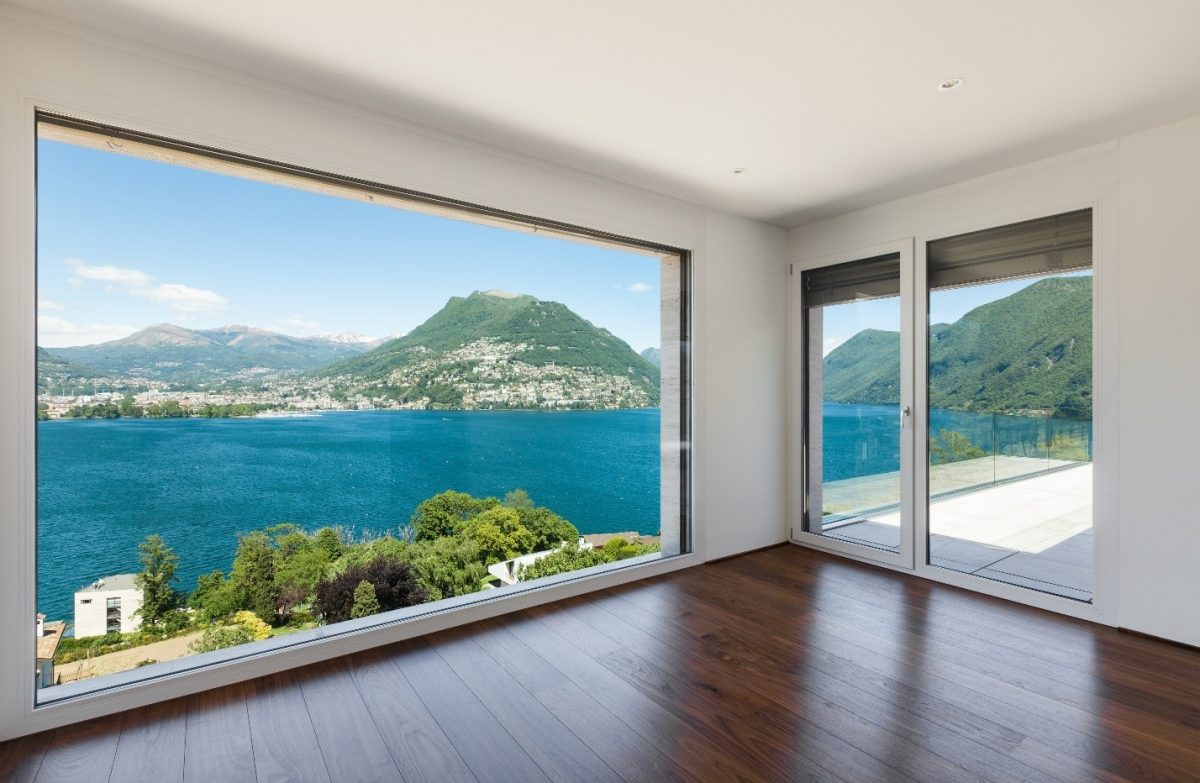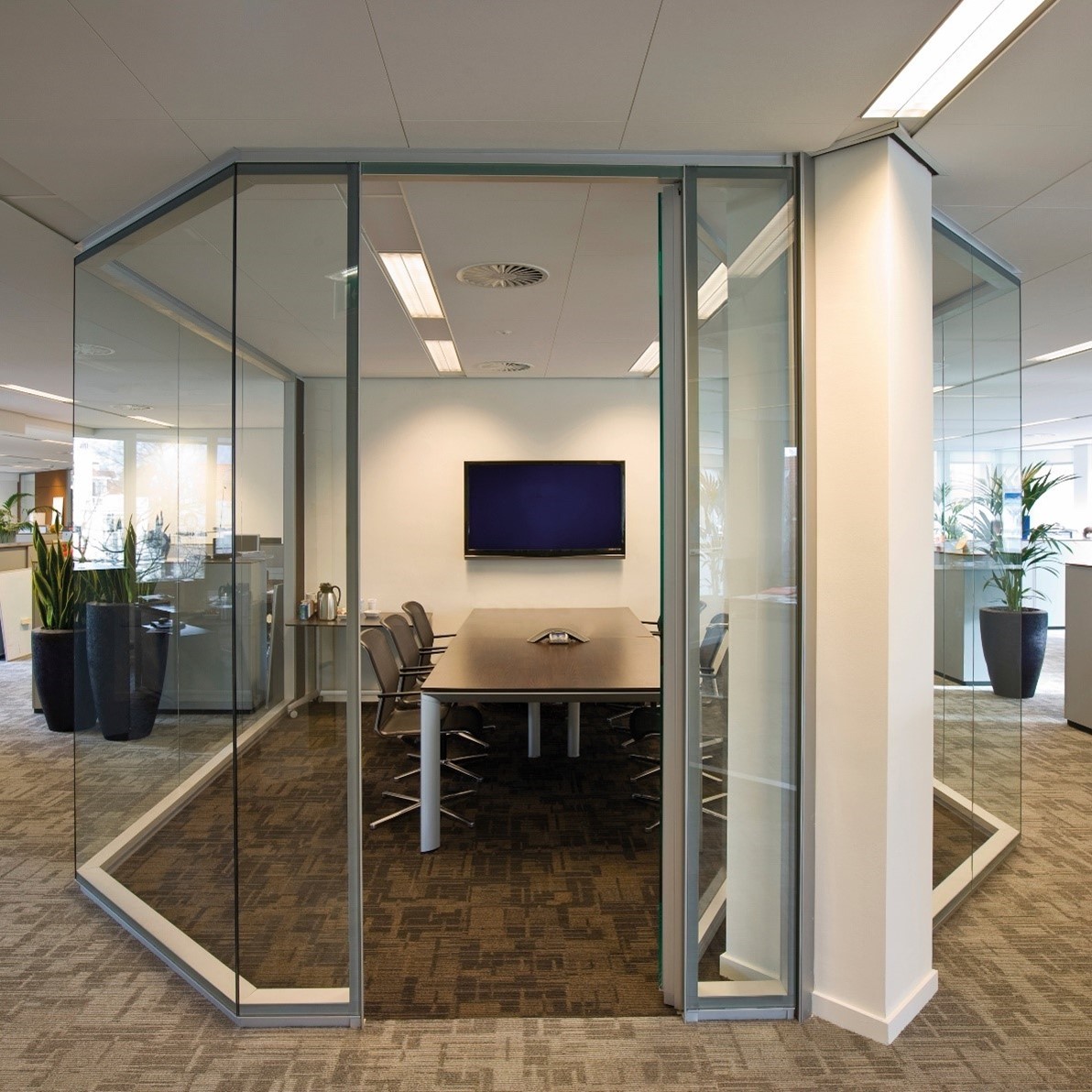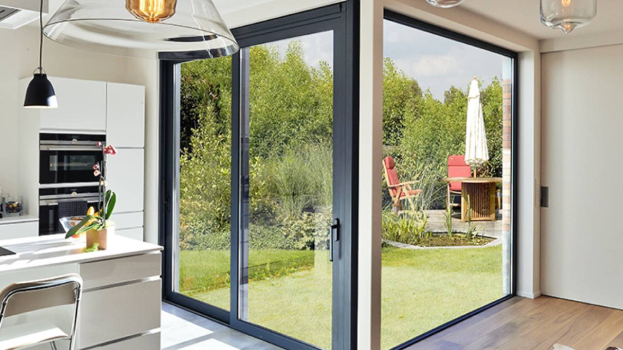Energy-efficient windows have become a top priority in modern architecture. Energy-efficient glass plays a crucial role in reducing energy consumption, improving indoor comfort and lowering utility bills.
In this blog, we will learn about the top five features of energy-efficient glass and why it is such a popular choice.
Top 5 Features of Energy-Efficient Glass
1. Superior Thermal Insulation
One key benefit of energy-efficient glass is its superior thermal insulation. This property reduces the transfer of heat between the interiors and exteriors, locking in a comfortable temperature indoors during any season. The glass uses a Low-E (Low Emissivity) coating to reflect heat during winter and push it out during summer.
Some energy-efficient glasses also use double and triple glazing, which incorporates insulating gas layers between the glass panes to prevent excess heat loss.
2. Solar Control for Energy Savings
Another key feature of energy-efficient glass is its ability to provide solar control. This helps in managing the amount of sunlight and heat entering your space. As a result, it reduces glare, minimises brightness and prevents overheating.
Manufacturers use infrared solutions, such as reflected and tinted coatings or smart glass technology, to maintain optimal natural light entering your room during the day.
3. UV Protection for Interiors
Energy-efficient glass is designed to block harmful UV (ultraviolet) rays. These rays damage interiors, causing furniture, carpets, wall paints and more to fade over time. Additionally, UV rays can lead to several skin diseases. Having energy-efficient glass can help improve the health of both your home and yourself.
Manufacturers secure UV-ray protection by providing a UV coating to filter out UV radiation. Some glasses also undergo the laminating process to enhance their UV-protection characteristics further.
4. Noise Reduction for a Peaceful Environment
Living or working in a noisy environment can be frustrating. Not only does it hamper focus, but being exposed to higher decibels of sound for long durations can considerably affect your hearing and health. Energy-efficient glasses use multiple glass layers to reduce sound transmission.
They create insulating air pockets that minimise the intensity of the noise. Some energy-efficient glass options come with a laminated interlayer, which absorbs sound vibrations and minimises external noise to maintain a peaceful ambience indoors.
5. Environmentally Friendly and Sustainable
Energy-efficient glasses are among the most sustainable options in the market. They contribute to a greener planet by reducing energy consumption and reducing one’s carbon footprint.
They reduce the demand for energy consumption via heating and cooling devices by maintaining a soothing temperature indoors. Additionally, there are different types of energy efficient glasses which are highly durable and scratch-resistant, making them last long without the urgent need for replacement.
Most of the energy-efficient glasses are also made from recyclable materials, thereby promoting sustainability. In an age of alarming global warming, investing in energy-efficient glass is a great way to contribute to the green movement without compromising on functionality.
How to Choose the Right Energy-Efficient Glass?
If you are planning to install energy-efficient glass in your home or office, consider the following:
- Choose your glass based on your region. If you live in a tropical region, opt for solar control glass. If winters are more prevalent in your area, insulating glass is a better choice.
- Always opt for double or triple-glazed energy-efficient glass to enjoy better insulation.
- The glass coating also plays an important role in determining the efficacy of these windows. For better efficiency, choose glasses with low-E (Low Emissivity) or reflective coatings.
- Use energy-efficient frames (uPVC, aluminium, or composite materials) to maximise insulation.
- Proper installation is important to maximise the benefits of energy-efficient glass. To avoid mistakes, have a professional do the installation.
Conclusion
Investing in energy-efficient glass is a smart choice for homes and commercial buildings. With AIS Glass, you get a high-quality, energy-efficient glass that can reduce your carbon footprint, protect your interiors, and provide a more comfortable living space while lowering your energy bills.









